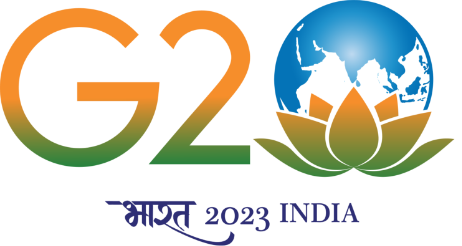About
A health record system stores data records and files of various types in support of clinical functions. These data elements serve the purpose of documentary records of various diagnostic and prescriptive data or information generated.
The ISO/IEC 14496 Coding of Audio-Visual Objects standard is to be used for audio/video and data captured through traditionally non-DICOM compliant sources.
ISO/IEC 14496 Coding of Audio-Visual Objects specifies a system for the communication of interactive audio-visual scenes. This specification includes the following elements:
- The coded representation of natural or synthetic, two-dimensional (2D) or three-dimensional (3D) objects that can be manifested audibly and/or visually
- The coded representation of the spatio-temporal positioning of audio-visual objects as well as their behaviour in response to interaction.
- The coded representation of information related to the management of data streams
- A generic interface to the data stream delivery layer functionality (specified in part 6 of ISO/IEC 14496 Coding of Audio-Visual Objects)
- An application engine for programmatic control of the player: format, delivery of downloadable Java bytecode as well as its execution lifecycle and behaviour through APIs (specified in this part of ISO/IEC 14496 Coding of Audio-Visual Objects).
- A file format to contain the media information of an ISO/IEC 14496 presentation in a flexible, extensible format to facilitate interchange, management, editing, and presentation of the media
ISO/IEC 14496 Coding of Audio-Visual Objects consists of the following parts, under the general title Information technology - Coding of audio-visual objects:
| Parts | Title |
|---|---|
| Part 1 | Systems |
| Part 2 | Visual |
| Part 3 | Audio |
| Part 4 | Conformance testing |
| Part 5 | Reference software |
| Part 6 | Delivery Multimedia Integration Framework (DMIF) |
| Part 7 | Optimized reference software for coding of audio-visual objects [Technical Report] |
| Part 8 | Carriage of ISO/IEC 14496 contents over IP networks |
| Part 9 | Reference hardware description [Technical Report] |
| Part 10 | Advanced Video Coding |
| Part 11 | Scene description and application engine |
| Part 12 | ISO base media file format |
| Part 13 | Intellectual Property Management and Protection (IPMP) extensions |
| Part 14 | MP4 file format |
| Part 15 | Advanced Video Coding (AVC) file format |
| Part 16 | Animation Framework extension (AFX) |
| Part 17 | Streaming text format |
| Part 18 | Font compression and streaming |
| Part 19 | Synthesized texture stream |
| Part 20 | Lightweight Application Scene Representation (Laser) and Simple Aggregation Format (SAF) |
| Part 21 | MPEG-J Graphics Framework extensions (GFX) |
| Part 22 | Open Font Format |
| Part 23 | Symbolic Music Representation |
| Part 24 | Audio and systems interaction [Technical Report] |
| Part 25 | 3D Graphics Compression Model |
| Part 26 | Audio conformance |
| Part 27 | 3D Graphics conformance |
| Part 28 | Composite font representation |
| Part 29 | Web video coding |
| Part 30 | Timed text and other visual overlays in ISO base media file format |
Information to Get Electronic Health Record (EHR) Standards for India is available at the Get Standard









